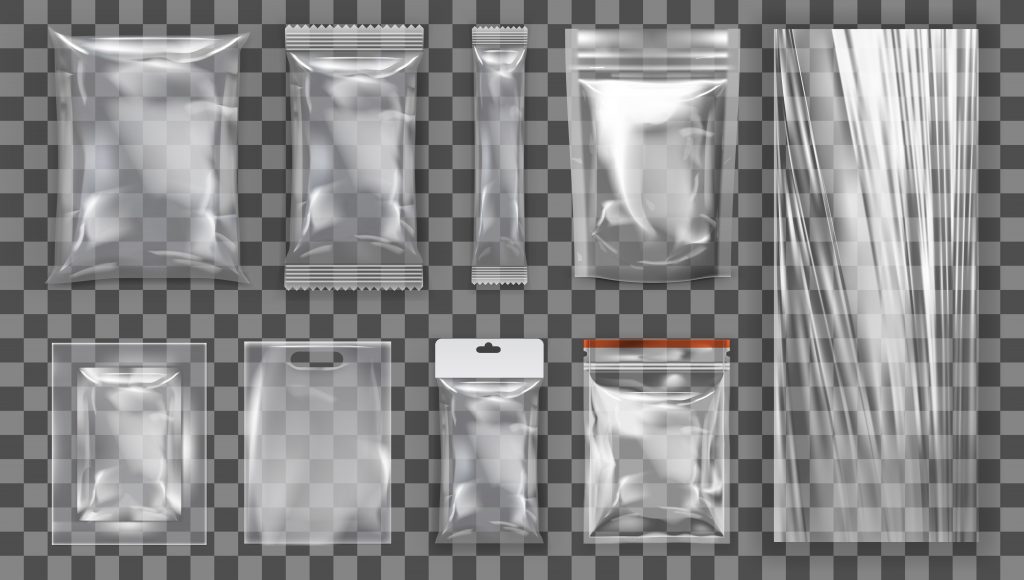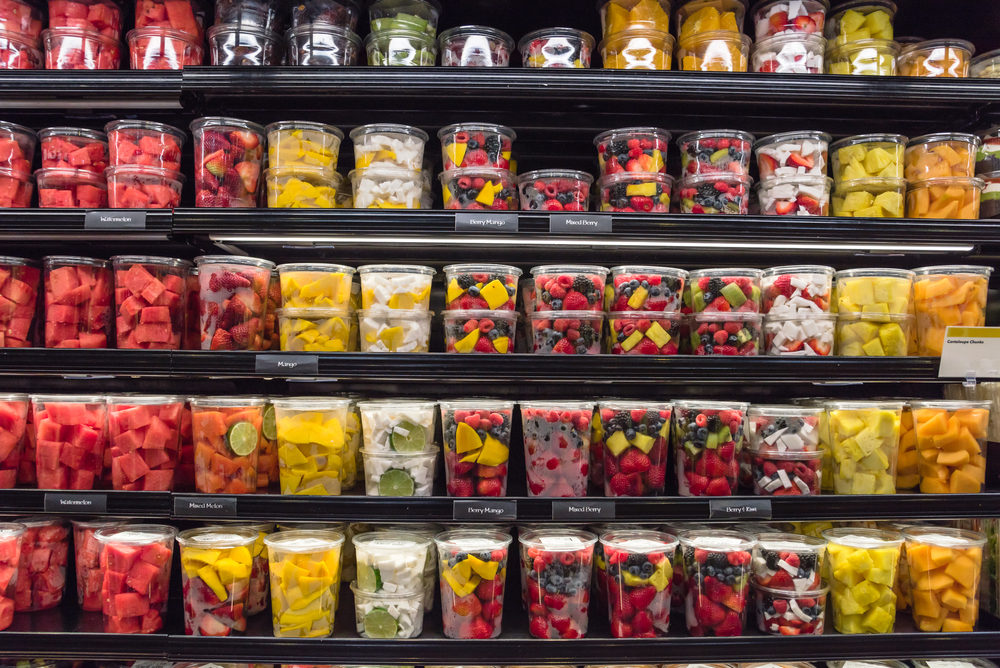Over the years there has been some controversy over the use of plastic packaging to display and store fresh produce in the retail environment.
Observers suggest the use of plastic packaging contributes to the rise of plastic pollution, the packaging itself is unnecessary (especially since most fruit and vegetables have their own protective layer), and the industry could be doing more to minimise the use of plastic packaging.
While excessive food waste and unnecessary packaging can pose a negative impact on the environment,
the reality is – when recovered and recycled correctly – plastic food packaging can actually help extend product shelf life, prevent avoidable food waste, and benefit the environment.
Studies reveal surprising benefits of plastic food packaging

This isn’t a matter of opinion either. According to independent studies, conducted by the American Chemistry Council (ACC) and the Advisory Committee on Packaging (ACP), both studies found that plastic food packaging has the ability to:
- Keep food fresher for longer
Safeguarding food with plastic packaging helps food stay fresher for longer and more likely to be consumed. For example, cucumbers can stay fresher for 11 days longer while bananas and beef can stay fresher for 21 and 26 days longer respectively[i].
- Reduce overall carbon footprint
Did you know the carbon footprint of food loss and waste is on average five times higher than the production plastic food packaging? In fact, food loss and waste represents 8.2 percent of all greenhouse gas emissions[ii]. By using fresh and crisp vegetable bags to safely store produce, it’s more likely to stay away from landfill and end up on consumers’ plates.
- Prevent food loss in the supply chain
Typically, fresh produce travels from the farm where it’s harvested through to the storage facility for processing, before being packaged and transported directly to the supermarkets for sale. Is it possible to safely transport food naturally wrapped in its own skin without the need for plastic packaging? Yes, but only if the supply chain is short. In general though[iii], plastic food packaging plays a vital role in keeping food safe and preserving its quality and freshness.
- Save money for households and businesses
The Australian Government estimates food waste costs the Australian economy around $20 billion each year[iv]. Also,
around one in five shopping bags end up in the bin, equalling $3,800 worth of groceries per household each year.
Thus, using plastic food packaging to reduce food waste can help both local businesses and Aussie households save money.
Choosing the right plastic packaging solutions

While plastic packaging is a vital medium for preserving food and reducing wastage, not all plastic storage solutions are equal and choosing the right type will ensure your fresh produce stays fresher for longer. Thus, you can take advantage of limited-time specials and purchase in bulk ahead of time.
The difference lies in the quality of materials. Most standard freezer bags are made from polyethylene (PE) film which – while providing an effective barrier against air and moisture to preserve the freshness – is prone to tearing, punctures, and slow freezer burn.
Food-grade poly film material, like the one used in these fresh and crisp vegetable bags, can help keep most fresh produce fresher for up to three weeks.
Made from a combination of the food-grade film including all natural crushed and washed volcanic rock, the material has microscopic holes in the film, which gradually draw out the food gases that cause deterioration yet still allow the produce to breathe – thus preserving the vitamins, flavour, and freshness.
As a result, your favourite fruit and vegetables are guaranteed to last for longer, and taste (not to mention look) just as good as when you grabbed them off the shelf.

